All-new electrified models:
- Audi joined the electric vehicle race with the Audi e-tron crossover SUV, its first all-electric production model. The e-tron gets over 200 miles per charge and shows of a luxury design and has all-wheel drive performance.
- The Jaguar I-Pace was launched, with a sporty design and luxury appointments, and a 240-mile all-electric driving range.
- The Porsche Cayenne E-Hybrid is an all-new version of the plug-in hybrid model. It’a powered by a 3.0-liter gas engine and a 136 hp electric motor.
- The Range Rover P400e is a plug-in hybrid variant of the Range Rover SUV. It comes with a 2.0-liter gas engine and a 114 hp electric motor.
- The Hyundai Kona is now available in an all-electric variant that delivers 258 miles of range.
- The Mitsubishi Outlander PHEV finally made it to America. The full-size SUV runs off of a 2.0-liter gas engine and two electric motors, plus greater efficiency and AWD.
- The all-new Volvo XC40 compact SUV, the first model built on Volvo’s Compact Modular Architecture (CMA), features an efficient four-cylinder Drive-E powertrain.
- Toyota has changes to its hybrid lineup. The Avalon Hybrid is longer and lower and higher mpg, with its 2.5-liter four-cylinder engine and all-new Toyota Hybrid System II powertrain. The all-new Lexus ES 300h comes with a fourth-generation hybrid system delivering a class-leading 44 combined mpg. The Lexus UX entry-level luxury model now comes in the UX 250h hybrid version.
- The Honda Insight comes in its third-generation version with an advanced two-motor hybrid system that delivers an EPA estimated 55 highway mpg.
- Kia and Hyundai will launch electric crossovers in 2019, named the Niro and Kona respectively. Hyundai also has a new fuel cell vehicle, the Nexo, available in regions where it can access hydrogen filling stations.
- On the commercial vehicle and fleet side, Workhorse Group has closed a financing round of $35 million with Marathon Asset Management, with $25 million being a revolving credit line to meeting existing and future purchase orders of its electric trucks.
- Daimler Trucks is leading a $155-million investment round in electric bus maker Proterra; with Tao Capital Partners, a San Francisco investment firm, as the other lead investor. Daimler sees a growing market for electric buses as public transit districts and school systems in the U.S. and around the world move to reduce emissions. Proterra and Daimler also have an agreement to explore the electrification of a few Daimler heavy-duty vehicles.
Plug-in vehicle sales: Finalized plug-in vehicle sales figures will be coming out in the next 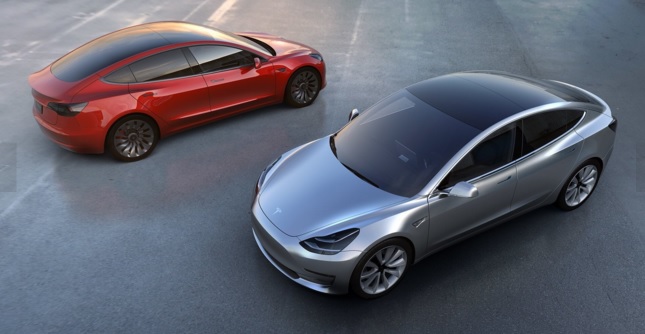 few days for December and all of 2018; but so far, it was clearly a year of record-setting plug-in hybrid and battery electric vehicles sales in the U.S. Through November, U.S. sales were at 312,887 for plug-in vehicles, compared to 194,479 for all of 2017, according to Electric Drive Transportation Association. Assuming 350,000 units will be sold in 2018, the increase would be about 55% over the previous year. InsideEVs estimates the Tesla Model 3 closed the month with 25,250 sold in the U.S. That compares to 18,650 sold in November. Lately, there’s been a wide gap between the Model 3 and every other plug-in vehicle sold in the U.S., with top sellers like the Tesla Model S and Model X, Chevrolet Bolt and Volt, and Toyota Prius Prime, each hovering somewhere around 3,000 units sold per month. The Nissan Leaf was able to see its first sales increase in a long time.
few days for December and all of 2018; but so far, it was clearly a year of record-setting plug-in hybrid and battery electric vehicles sales in the U.S. Through November, U.S. sales were at 312,887 for plug-in vehicles, compared to 194,479 for all of 2017, according to Electric Drive Transportation Association. Assuming 350,000 units will be sold in 2018, the increase would be about 55% over the previous year. InsideEVs estimates the Tesla Model 3 closed the month with 25,250 sold in the U.S. That compares to 18,650 sold in November. Lately, there’s been a wide gap between the Model 3 and every other plug-in vehicle sold in the U.S., with top sellers like the Tesla Model S and Model X, Chevrolet Bolt and Volt, and Toyota Prius Prime, each hovering somewhere around 3,000 units sold per month. The Nissan Leaf was able to see its first sales increase in a long time.
Mobility going mainstream: Mobility services like ride-sharing and car-sharing are moving beyond initial excitement by early adopters and over to the mainstream. The Mobility Revolution: A Primer for Fleet Managers, explores four trends that are shaping the near-term future of vehicles and transportation — connected, electric, shared, and autonomous vehicles. The study was sponsored by NAFA Foundation as a tool for fleet professionals to prepare for the near future. The pressure is on for fleet managers and operators to reduce fuel consumption and carbon emissions, make their fleets safer, and to try out connected, automated systems for these goals and cost containment. The paper delves into ways that fleets are already testing and exploring these changing technologies and methods, featuring a few successful case studies. Another watershed moment in this new year will be seeing ride-hailing company Lyft beat much-larger rival Uber in filing for an initial public offering. Lyft has been valued at about $15 billion, with its IPO slated for the first half of 2019, sources have told Reuters. Uber is expected to pursue an IPO next year that could value it at about $120 billion. Room rental company Airbnb Inc, valued at $31 billion, is also seen listing in 2019.
Autonomous vehicle test projects: When, oh when, will autonomous vehicles move beyond the testing phase and be given the green light? It’s not clear, but more companies are entering the testing phase in California and others states. Uber is starting to recover from nine months ago when one of its autonomous test vehicles struck and killed a pedestrian in Tempe, Ariz. The return to road testing in Pittsburgh will be at a much smaller scale than the company’s previous program. Another significant event was learning that Alphabet’s Waymo self-driving Chrysler Pacifica plug-in hybrids have been through nearly two dozen attacks from irate locals in the Chandler, Ariz.. Over the past two years, irate locals have expressed frustration with tire slashings and pelting these vehicles with rocks. One local resident made multiple attempts to run Waymo vehicles off the road using his Jeep Wrangler, including driving toward one of the Waymo minivans head-on before turning away. He said it came from a Waymo vehicle nearly hitting his 10-year old son while the boy was playing in a neighborhood cul-de-sac.
The battery war continues: Battery maker 24M just received $22 million in funding for its SemiSolid lithium-ion battery that would beat Tesla and other automakers in electric vehicle driving range and energy storage. The startup company, made up of Massachusetts Institute of Technology (MIT) scientists and a former A123 Systems co-founder, offers longer driving range, lower battery cost, and faster manufacturing time. The company is also targeting the grid energy storage market, competing with Tesla’s energy storage unit, along with Daimler, BMW, Renault, Nissan, and other automakers. The SemiSolid speeds up the manufacturing process by cutting out a number of steps typically used in EV battery production. It also cuts down the need for materials such as copper, aluminum, and plastics. That will bring down the battery’s costs and the amount of energy needed to charge up the EV batteries.
Renewable energy trends: Renewable energy went up a point in 2018 — up to 8% of U.S. power generation through the third quarter of 2018. There’s been a lot of concern over America’s trade war with China that includes renewable energy, but demand continues to grow. One study sees growth continuing in 2019, based on emerging policies that support renewable growth; expanding investor interest in the sector; and advancing technologies that boost wind and solar energy’s value to the grid, asset owners, and customers. Growth was driven by declining wind and solar generation costs, improvements in battery storage, and grid operators’ growing experience in integrating intermittent renewable power into the grid. Demand was strong, as well, with voluntary procurement (purchases not driven solely by government incentives) representing 52% of utility-scale solar projects in development and 73% of projects announced in the first half of 2018.
The trade war may change course: The U.S. and China may be ready to end, or adjust, the trade war started last year by President Donald Trump. A U.S. government delegation will be traveling to Beijing next week to hold trade talks with Chinese officials, according to two people familiar with the matter who spoke with Bloomberg. The Trump administration launching the trade war — which added more than $200 billion worth of imports from China by the third quarter of 2018 — is considered a key factor in destabilizing oil prices last year. It’s also hurting China’s weakening auto sales, which is seeing its first decline in two decades — during a time U.S. auto sales are expected to decline. Tesla’s CEO Elon Musk and other automotive executives were pleased to see China reduce tariffs to 15 percent from 40 percent after that meeting. Tesla was able to lower prices for its Model S, Model X, and Model 3, which are scheduled to be delivered to customers early next year. BMW AG and Daimler AG were able to cut prices on their U.S.-made luxury vehicles, bringing prices down to the level there were at before the extra duty was added last July. Automakers in the U.S. are waiting to see whether Trump will be hitting vehicle imports with tariffs.
Hydrogen fuel cell vehicles and stations: Hyundai has delivered its first Nexo hydrogen fuel cell SUV in the U.S. market. The 2019 Nexo – which replaces the Tucson Fuel Cell – can go up to 380 miles, starting at $58,300 (including $13,000 on its hydrogen fueling card). It joins the Toyota Mirai and Honda Clarity in the fuel cell vehicle market.
The California Energy Commission and California Air Resources Board released a report in late December with some interesting numbers:
- Public support and public funding remain necessary to achieve the 100-station goal, and more funding will be needed to support the 200-station goal.
- The current network of 65 stations (including those still in development) provides enough fuel for the existing FCEV population, but capacity will need to double by 2024 to meet projected FCEV growth.
- Estimated greenhouse gas emissions reductions from funded stations are nearly 76,000 metric tons of carbon dioxide equivalent per year by 2024.
- More than 5,000 FCEVs are registered in California as of October 2018, nearly double the number from the previous year.
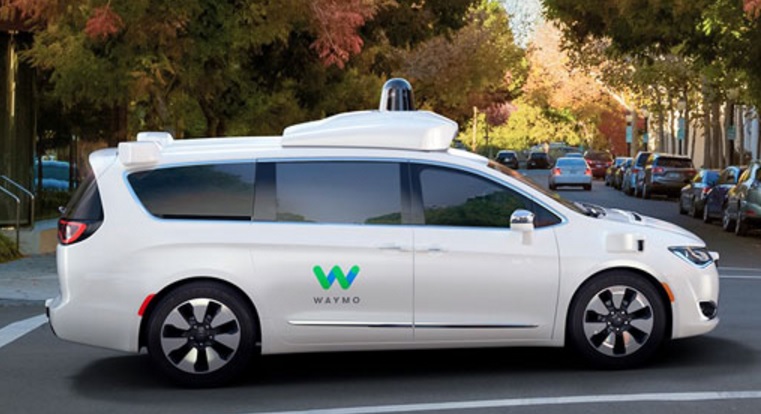 vehicles won’t be as safe as vehicles currently on roads. Nearly two-thirds of the U.S. adults participating in the survey said they would not buy a fully autonomous vehicle, and the same amount balked at the prospect of paying significantly more for the added features. AVs will be staying in the test phase for a few more years. Companies such as General Motors, Tesla, Waymo, Alphabet, Uber, and Lyft, will continue testing the technology and trying out convenient mobility and shared ride experiences for users. Fleets will continue playing an important role in advancement of the technology through projects such as truck platooning, electric automated shuttle vans, and urban delivery showing positive signs of potential for adoption. Safe travel is a key issue, as Tesla and Uber have discovered in fatal incidents involving AV technology in recent years. But as marketers of electric vehicles know, building up mass adoption of a radical new technology takes millions of miles and a few years of positive driver experiences.
vehicles won’t be as safe as vehicles currently on roads. Nearly two-thirds of the U.S. adults participating in the survey said they would not buy a fully autonomous vehicle, and the same amount balked at the prospect of paying significantly more for the added features. AVs will be staying in the test phase for a few more years. Companies such as General Motors, Tesla, Waymo, Alphabet, Uber, and Lyft, will continue testing the technology and trying out convenient mobility and shared ride experiences for users. Fleets will continue playing an important role in advancement of the technology through projects such as truck platooning, electric automated shuttle vans, and urban delivery showing positive signs of potential for adoption. Safe travel is a key issue, as Tesla and Uber have discovered in fatal incidents involving AV technology in recent years. But as marketers of electric vehicles know, building up mass adoption of a radical new technology takes millions of miles and a few years of positive driver experiences.
 few days for December and all of 2018; but so far, it was clearly a year of record-setting plug-in hybrid and battery electric vehicles sales in the U.S. Through November, U.S. sales were at 312,887 for plug-in vehicles, compared to 194,479 for all of 2017, according to Electric Drive Transportation Association. Assuming 350,000 units will be sold in 2018, the increase would be about 55% over the previous year. InsideEVs estimates the Tesla Model 3 closed the month with 25,250 sold in the U.S. That compares to 18,650 sold in November. Lately, there’s been a wide gap between the Model 3 and every other plug-in vehicle sold in the U.S., with top sellers like the Tesla Model S and Model X, Chevrolet Bolt and Volt, and Toyota Prius Prime, each hovering somewhere around 3,000 units sold per month. The Nissan Leaf was able to see its first sales increase in a long time.
few days for December and all of 2018; but so far, it was clearly a year of record-setting plug-in hybrid and battery electric vehicles sales in the U.S. Through November, U.S. sales were at 312,887 for plug-in vehicles, compared to 194,479 for all of 2017, according to Electric Drive Transportation Association. Assuming 350,000 units will be sold in 2018, the increase would be about 55% over the previous year. InsideEVs estimates the Tesla Model 3 closed the month with 25,250 sold in the U.S. That compares to 18,650 sold in November. Lately, there’s been a wide gap between the Model 3 and every other plug-in vehicle sold in the U.S., with top sellers like the Tesla Model S and Model X, Chevrolet Bolt and Volt, and Toyota Prius Prime, each hovering somewhere around 3,000 units sold per month. The Nissan Leaf was able to see its first sales increase in a long time. market, are engaged in another race to see who can launch a successful stock market public offering first. While
market, are engaged in another race to see who can launch a successful stock market public offering first. While  new
new 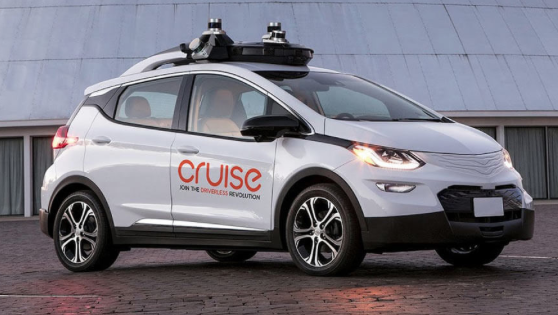 year, according to a petition filed with NHTSA. GM has asked for a Federal Motor Vehicle Safety Standards waiver on 16 rules covering vehicles with human drivers but that don’t apply to self-driving cars. If granted, GM could launch as many as 2,500 autonomous vehicles a year starting in 2019. The automaker described the “Cruise AV” self-driving vehicle in the filing, which is based on the Chevy Bolt and includes fourth-generation AV technology from its Cruise Automation subsidiary. It includes five Lidars, 16 cameras, and 21 radars for safety and functional, efficient driving. GM says its would be a type of robotaxi providing ride-hailing services. GM’s Maven carsharing division and its investment in Lyft could provide channels for bringing these electric, autonomous rides to customers.
year, according to a petition filed with NHTSA. GM has asked for a Federal Motor Vehicle Safety Standards waiver on 16 rules covering vehicles with human drivers but that don’t apply to self-driving cars. If granted, GM could launch as many as 2,500 autonomous vehicles a year starting in 2019. The automaker described the “Cruise AV” self-driving vehicle in the filing, which is based on the Chevy Bolt and includes fourth-generation AV technology from its Cruise Automation subsidiary. It includes five Lidars, 16 cameras, and 21 radars for safety and functional, efficient driving. GM says its would be a type of robotaxi providing ride-hailing services. GM’s Maven carsharing division and its investment in Lyft could provide channels for bringing these electric, autonomous rides to customers.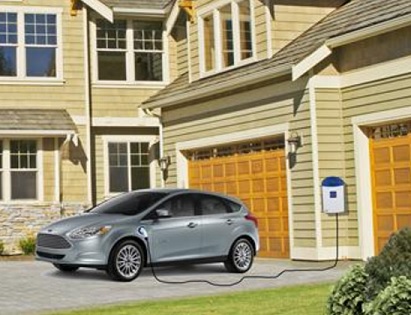 Michigan’s Sustainable Worldwide Transportation just authored
Michigan’s Sustainable Worldwide Transportation just authored 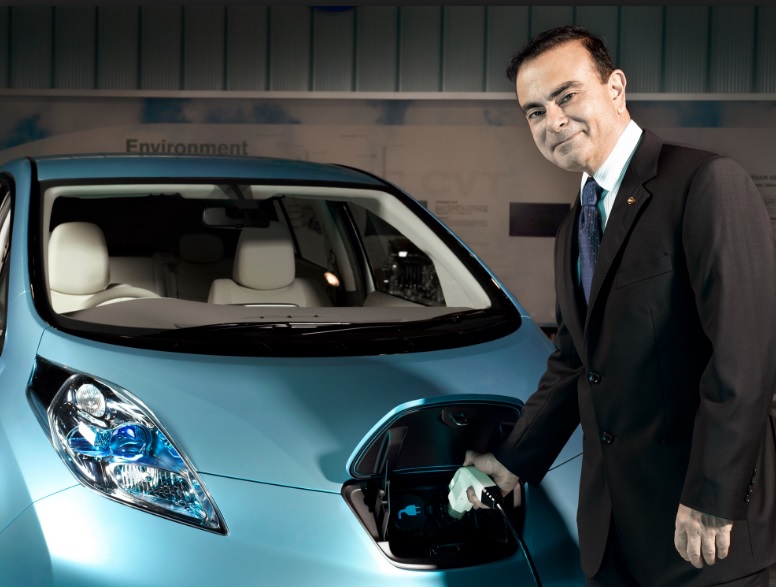 models using common platforms by 2022, according to CEO Carlos Ghosn. Plug-in hybrid models will also be utilized, coming from Mitsubishi’s experience with the Outlander PHEV. Two other utility plug-in hybrids will be coming to market over the next two years. The alliance companies have collectively already sold more than a half million plug-in electrified vehicles………….
models using common platforms by 2022, according to CEO Carlos Ghosn. Plug-in hybrid models will also be utilized, coming from Mitsubishi’s experience with the Outlander PHEV. Two other utility plug-in hybrids will be coming to market over the next two years. The alliance companies have collectively already sold more than a half million plug-in electrified vehicles…………. 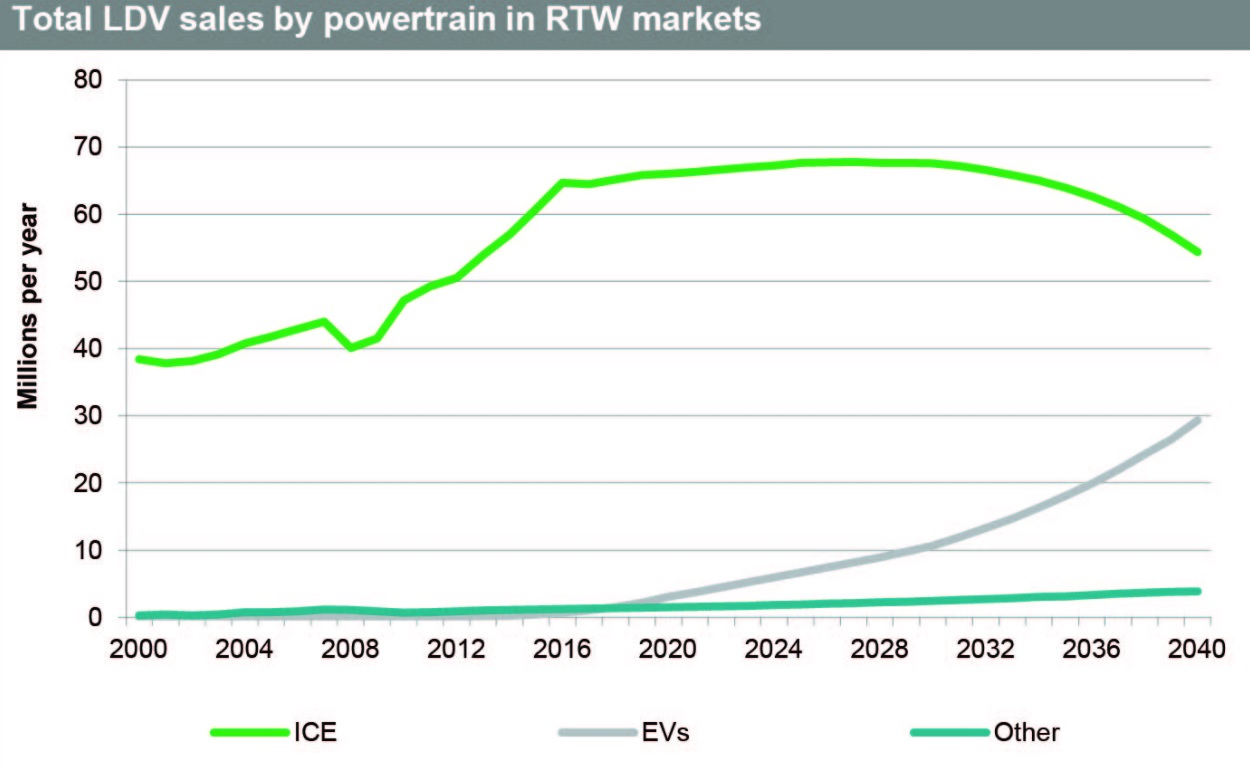 markets by 2040 – China, the U.S., Europe, and India – according to a new study by IHS Markit. You’ll notice that the percentage isn’t anywhere near 100% if fossil-fuel bans were to be enacted across these four markets. China, India, France, Great Britain, and other markets are considering banning gasoline and diesel powered engines entirely.
markets by 2040 – China, the U.S., Europe, and India – according to a new study by IHS Markit. You’ll notice that the percentage isn’t anywhere near 100% if fossil-fuel bans were to be enacted across these four markets. China, India, France, Great Britain, and other markets are considering banning gasoline and diesel powered engines entirely.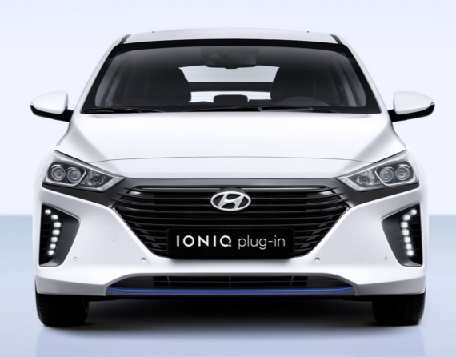 Accord comes with three now powertrain options – two direct-injected and turbocharged 4-cylinder engines and the third generation of Honda’s two-motor hybrid powertrain. The Honda Clarity comes in all-electric, plug-in hybrid, or hydrogen fuel cell options. The Hyundai Ioniq comes in three versions – hybrid, battery electric, and plug-in hybrid. The all-new Nissan Leaf comes with a redesigned look, longer driving range, and Nissan Intelligent Mobility technologies, Toyota’s eighth generation Camry is available with three new powertrains – a 2.5-liter 4-cylinder, 3.5-liter V-6, and a Hybrid powered by the automaker’s next-generation Toyota Hybrid System. The winner will be named at 8:00 am PST on Nov. 30 inside the Technology Pavilion.
Accord comes with three now powertrain options – two direct-injected and turbocharged 4-cylinder engines and the third generation of Honda’s two-motor hybrid powertrain. The Honda Clarity comes in all-electric, plug-in hybrid, or hydrogen fuel cell options. The Hyundai Ioniq comes in three versions – hybrid, battery electric, and plug-in hybrid. The all-new Nissan Leaf comes with a redesigned look, longer driving range, and Nissan Intelligent Mobility technologies, Toyota’s eighth generation Camry is available with three new powertrains – a 2.5-liter 4-cylinder, 3.5-liter V-6, and a Hybrid powered by the automaker’s next-generation Toyota Hybrid System. The winner will be named at 8:00 am PST on Nov. 30 inside the Technology Pavilion. major Indian automaker has sold. The country is making efforts to reduce emissions and curb fuel imports. Prime Minister Narendra Modi sees the EV acquisition as a way to support the country’s pledge to ban the sale of internal combustion engine light-vehicles by 2030. Mahindra and Mahindra has so far been India’s only domestic carmaker that currently makes EVs. India is far behind China in EV sales, with China selling about 336,000 units last year versus about 450 in India, according to the International Energy Agency.
major Indian automaker has sold. The country is making efforts to reduce emissions and curb fuel imports. Prime Minister Narendra Modi sees the EV acquisition as a way to support the country’s pledge to ban the sale of internal combustion engine light-vehicles by 2030. Mahindra and Mahindra has so far been India’s only domestic carmaker that currently makes EVs. India is far behind China in EV sales, with China selling about 336,000 units last year versus about 450 in India, according to the International Energy Agency.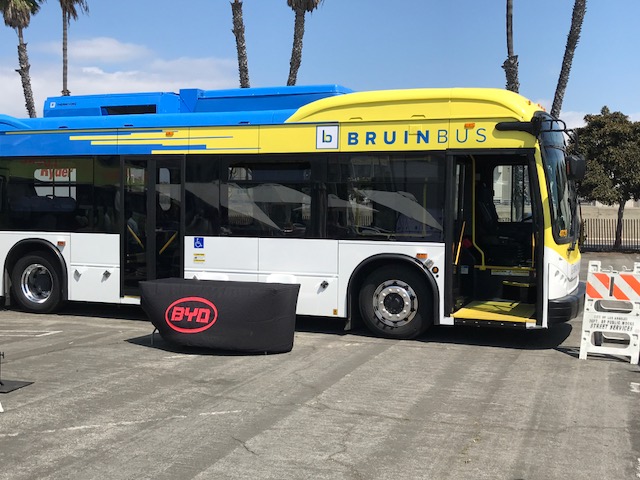 accreditation program. Resources regional fleets are tapping into for clean vehicles and fuels were discussed in the next panel by Craig VanItem, fleet maintenance supervisor at City of Santa Monica, Vartan Yegiyan, police administrator II and assistant commanding officer at Los Angeles Police Department, Laura Renger, principal manager of air and climate at Southern California Edison, and Mike Bolin, senior account executive at SoCalGas. Issues discussed included finding the real cost of ownership for EVs in fleets; the “chicken or the egg” debate over what needs to be prioritized first – clean vehicles of the charging and fueling infrastructure; SCE’s $450 Clean Fuel Rewards Program; and SoCalGas on how landfills and waste are being converted into renewable natural gas. Marco Anderson, senior regional planner at Southern California Association of Governments, led an afternoon panel on EV charging at multi-unit dwellings and workplaces. The Santa Monica event hosted a wide range of vehicles on Friday and Saturday, including the new Nissan Leaf and improved Rogue Hybrid; a BYD electric bus customized for UCLA events; the Chevy Bolt; the Kia Optima and Nero plug-in hybrids and Soul electric; an RNG-powered commercial truck with 400 horsepower; the Toyota Mirai and Prius Prime; the Honda Clarity in its three variations – fuel cell, electric, and plug-in hybrid; and the Karma Revero plug-in hybrid sports car. AltCar Expo was tied into National Drive Electric Week, as the event provides a great opportunity to test drive and check out the latest in plug-in vehicle offerings.
accreditation program. Resources regional fleets are tapping into for clean vehicles and fuels were discussed in the next panel by Craig VanItem, fleet maintenance supervisor at City of Santa Monica, Vartan Yegiyan, police administrator II and assistant commanding officer at Los Angeles Police Department, Laura Renger, principal manager of air and climate at Southern California Edison, and Mike Bolin, senior account executive at SoCalGas. Issues discussed included finding the real cost of ownership for EVs in fleets; the “chicken or the egg” debate over what needs to be prioritized first – clean vehicles of the charging and fueling infrastructure; SCE’s $450 Clean Fuel Rewards Program; and SoCalGas on how landfills and waste are being converted into renewable natural gas. Marco Anderson, senior regional planner at Southern California Association of Governments, led an afternoon panel on EV charging at multi-unit dwellings and workplaces. The Santa Monica event hosted a wide range of vehicles on Friday and Saturday, including the new Nissan Leaf and improved Rogue Hybrid; a BYD electric bus customized for UCLA events; the Chevy Bolt; the Kia Optima and Nero plug-in hybrids and Soul electric; an RNG-powered commercial truck with 400 horsepower; the Toyota Mirai and Prius Prime; the Honda Clarity in its three variations – fuel cell, electric, and plug-in hybrid; and the Karma Revero plug-in hybrid sports car. AltCar Expo was tied into National Drive Electric Week, as the event provides a great opportunity to test drive and check out the latest in plug-in vehicle offerings.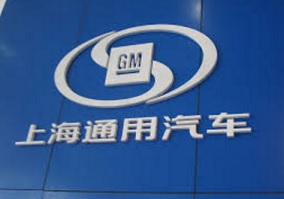 already placed in that market over the past year – the Cadillac CT6 and Buick Velite 5 plug-in hybrids and the Baojun E100 all-electric vehicle. Barra explained how it will be part of a larger move bring together autonomous vehicles, connectivity, and shared mobility services. The Chinese government is taking very seriously the need to address fast-growing cities with air pollution, traffic congestion, and safety. By 2025, nearly all of the Buick, Cadillac, and Chevrolet will have an electrified version. GM’s joint venture company with Chinese automaker SAIC Motor, called SAIC-GM, will be opening a new battery assembly plant in Shanghai sometime this year to support the electrification strategy.
already placed in that market over the past year – the Cadillac CT6 and Buick Velite 5 plug-in hybrids and the Baojun E100 all-electric vehicle. Barra explained how it will be part of a larger move bring together autonomous vehicles, connectivity, and shared mobility services. The Chinese government is taking very seriously the need to address fast-growing cities with air pollution, traffic congestion, and safety. By 2025, nearly all of the Buick, Cadillac, and Chevrolet will have an electrified version. GM’s joint venture company with Chinese automaker SAIC Motor, called SAIC-GM, will be opening a new battery assembly plant in Shanghai sometime this year to support the electrification strategy.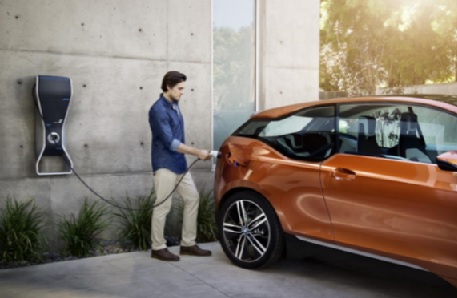 with the new plug-in hybrid Mini. Plug-in vehicles made up 4.5% of marketshare for all of the company’s vehicle sold last month. For the year, the automaker has delivered 50,711 plug-in vehicles, up a huge gain of 74.8% for the year.
with the new plug-in hybrid Mini. Plug-in vehicles made up 4.5% of marketshare for all of the company’s vehicle sold last month. For the year, the automaker has delivered 50,711 plug-in vehicles, up a huge gain of 74.8% for the year. managers, sustainability directors, business owners, legislators, and others attending
managers, sustainability directors, business owners, legislators, and others attending  gnition. That will bring 20% to 30% more fuel efficiency than current models on the market with Mazda’s Skyactiv technology. The corporate sustainability campaign will shoot for 2019 to roll out the new Skyactiv-X and its first electric vehicle. That could be coordinated with its Toyota alliance for jointly developing EVs. Sustainable Zoom-Zoom is structured around reducing corporate carbon dioxide emissions, well-to-wheel, 50% by 2030 and 90% by 2050.
gnition. That will bring 20% to 30% more fuel efficiency than current models on the market with Mazda’s Skyactiv technology. The corporate sustainability campaign will shoot for 2019 to roll out the new Skyactiv-X and its first electric vehicle. That could be coordinated with its Toyota alliance for jointly developing EVs. Sustainable Zoom-Zoom is structured around reducing corporate carbon dioxide emissions, well-to-wheel, 50% by 2030 and 90% by 2050.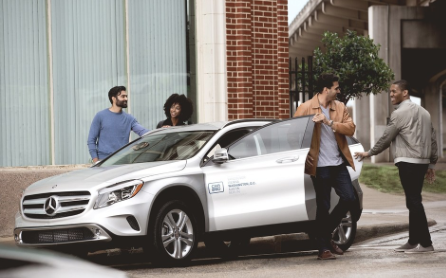 increased 40% year-over-year in the first half of 2017 compared to a year prior. That’s taking place at 11 North American locations with 4.5 million trips taken so far this year. Members are spending 33% more time traveling this year than last. The company is in discussions with other cities about car2go opening shop there, with the company emphasizing the environmental and economic benefits of using its one-way carsharing model.
increased 40% year-over-year in the first half of 2017 compared to a year prior. That’s taking place at 11 North American locations with 4.5 million trips taken so far this year. Members are spending 33% more time traveling this year than last. The company is in discussions with other cities about car2go opening shop there, with the company emphasizing the environmental and economic benefits of using its one-way carsharing model.